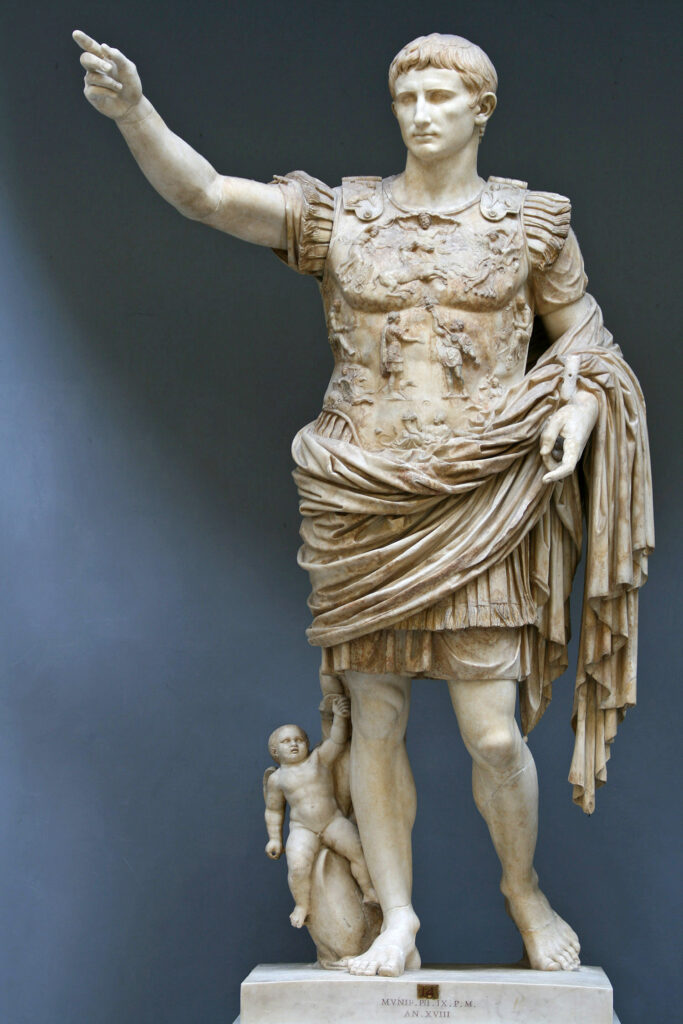From grand emperors to mythical gods, Roman sculptures are a window into the fascinating world of ancient art. Crafted with skill and precision, these sculptures tell stories of power, beauty, and mythology. Let’s delve into the captivating realm of Roman sculptures and uncover the secrets they hold.

Introduction to Roman Sculptures
Roman sculptures were artworks created by the skilled hands of artists during the Roman Empire, which spanned from 27 BCE to 476 CE. These sculptures were crafted using various materials such as marble, bronze, and clay. They served diverse purposes, from honoring leaders to adorning temples and public spaces.
Materials Used in Roman Sculptures
Roman artists utilized a variety of materials to bring their creations to life. Marble, prized for its elegance and durability, was a popular choice for sculpting statues of gods, emperors, and esteemed figures. Bronze, known for its malleability, allowed artists to create intricate details and dynamic poses. Clay, while more temporary, provided a versatile medium for sculptors to practice their craft and create molds for casting bronze sculptures.
Themes and Subjects
Roman sculptures depicted a wide range of subjects, reflecting the diverse interests and beliefs of the ancient Romans. Mythology played a significant role, with gods and goddesses such as Jupiter, Venus, and Mars often depicted in grand statues adorned with symbols of their divine status. Emperors and political leaders were also common subjects, their statues serving as symbols of power and authority.
Characteristics of Roman Sculptures
Roman sculptures were characterized by their attention to detail, lifelike expressions, and dynamic poses. Artists strove to capture the essence of their subjects, whether human or divine, conveying emotions, personalities, and narratives through their work. The influence of Greek sculpture is evident in the idealized proportions and graceful forms often seen in Roman art, but Roman sculptors also added their own unique flair, emphasizing realism and individuality.
Techniques and Processes
Creating a Roman sculpture was a labor-intensive process that required skill, patience, and precision. Artists began by sculpting a clay model, refining it until satisfied with the design. For marble sculptures, the artist would then carefully carve the final piece, using chisels and other tools to shape the stone into the desired form. Bronze sculptures were created through a process called lost-wax casting, which involved making a mold of the clay model, pouring molten bronze into the mold, and then removing the mold once the bronze had cooled.
Legacy of Roman Sculptures
The legacy of Roman sculptures extends far beyond the borders of the ancient empire, influencing art and culture for centuries to come. Many Roman statues have survived to the present day, providing valuable insights into the aesthetics and values of the ancient world. From the majestic marble statues of gods and emperors to the dynamic bronze figures frozen in action, Roman sculptures continue to captivate and inspire audiences around the globe.